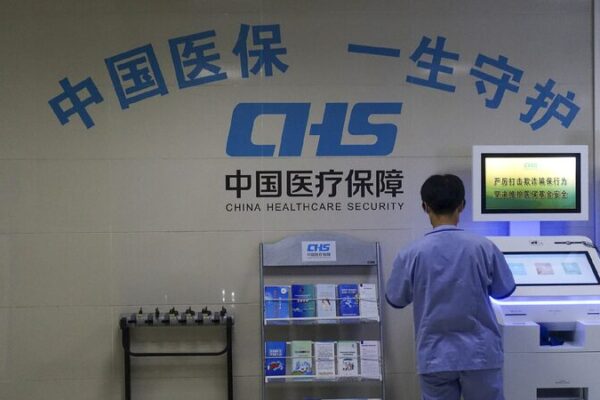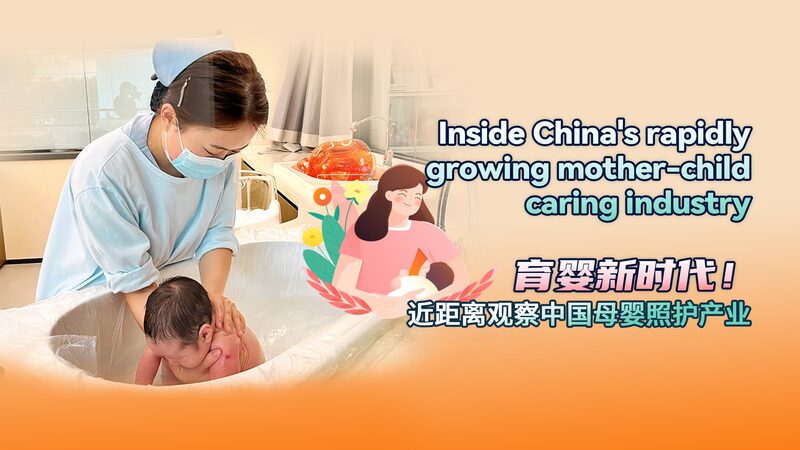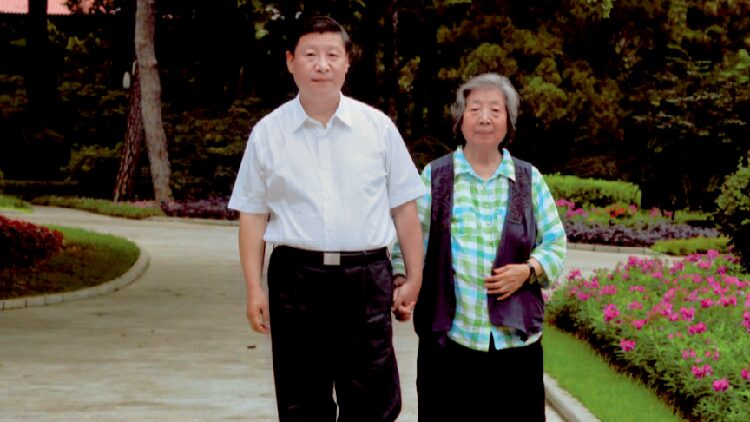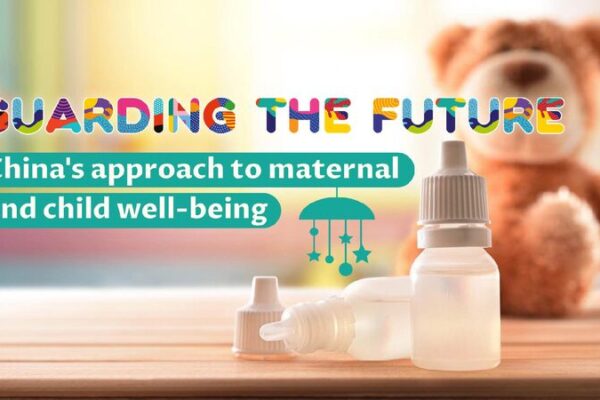In a significant move to support women’s health, South China’s Hainan province is now covering labor pain relief procedures under health insurance, making childbirth less painful and more affordable.
For new mother Fu Shunmei, the change has been life-changing. When she gave birth at the First Affiliated Hospital of Hainan Medical University, her expenses for labor pain relief were largely covered by insurance. “Now I only have to pay around 300 yuan (about $42) for what should have cost me 2,000 yuan,” Fu said. “It’s a huge saving that really takes the pressure off.”
The hospital is among the pilot medical institutions in Hainan offering labor pain relief covered by health insurance. In August, Hainan joined other regions in China to include suitable labor pain relief in the health insurance reimbursement list. This initiative aims to reduce the financial burden on families and encourage more women to opt for pain management during childbirth.
“The majority of costs incurred during childbirth can now be covered by the medical insurance fund,” said Ye Yun, a researcher at the Hainan Institute of Medical Security. “The expansion of this initiative directly benefits pregnant women as it significantly reduces medical expenses.”
Since the policy was implemented, the number of women choosing labor pain relief in Hainan has doubled. The Hainan Women and Children’s Medical Center expects this figure to rise further as more women become aware of the benefits, making childbirth a less daunting experience.
In October, China’s State Council issued a directive outlining measures to improve childbirth support services. These include expanding childcare systems, enhancing support in education, housing, and employment, and fostering a birth-friendly social environment. Notably, suitable labor pain relief and assisted reproductive technology services will be included in the list of medical procedures eligible for insurance reimbursement.
Despite the progress, a 2022 study by the National Health Commission revealed that China’s adoption rate for labor pain relief was 30%, significantly lower than the 80–90% seen in developed countries. High costs, shortage of anesthetists, and the need for additional hospital staff have contributed to the lower rates.
“The new policy can help improve the childbirth support system and optimize population development strategies,” Ye Yun added. “By encouraging more patients to choose labor pain relief, we can reduce postpartum depression and promote family harmony, fostering a childbirth-friendly society.”
As Hainan leads the way in making childbirth more comfortable and less financially burdensome, it’s hoped that more regions will follow suit, supporting women and families across the country.
Reference(s):
cgtn.com








